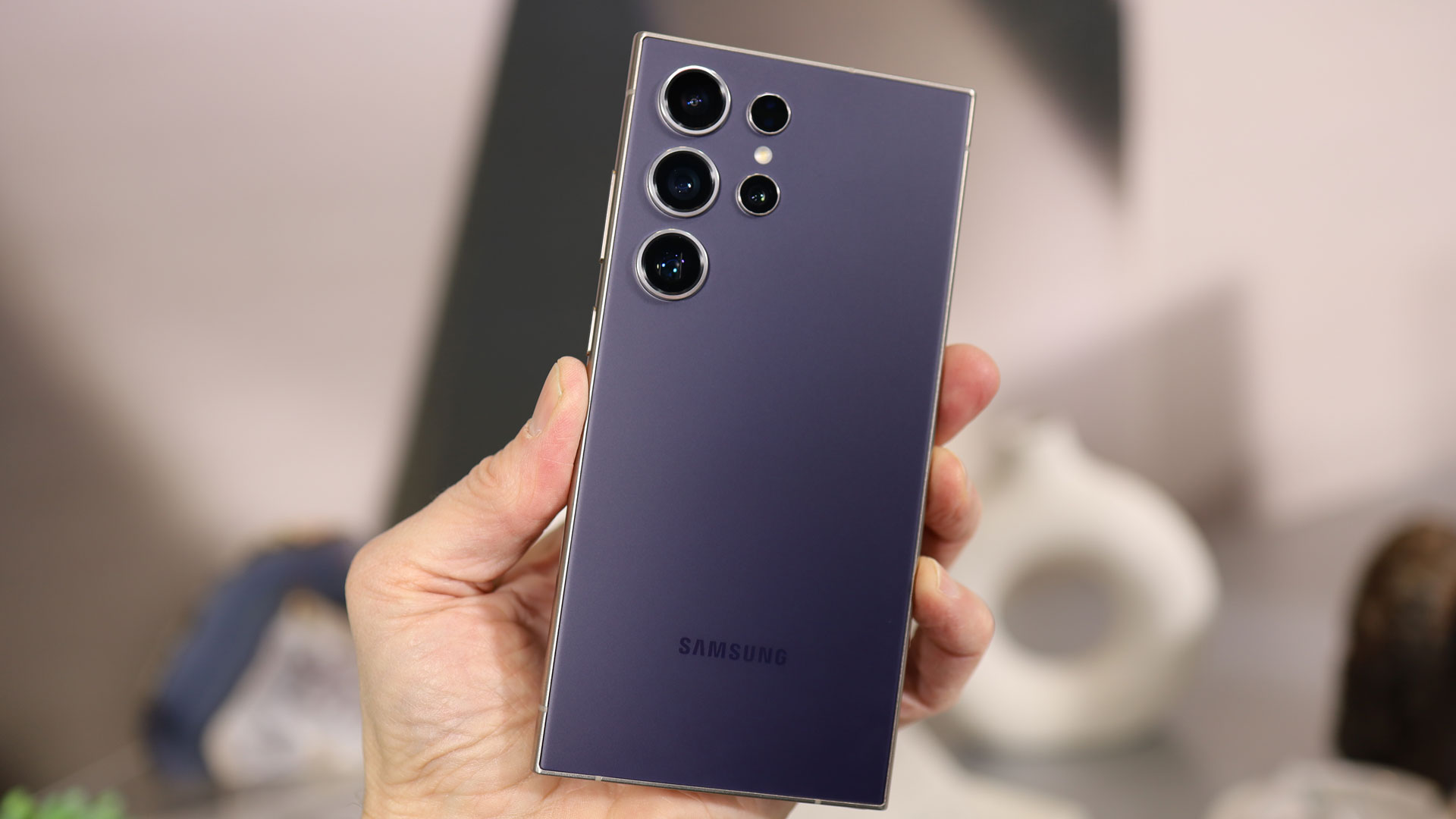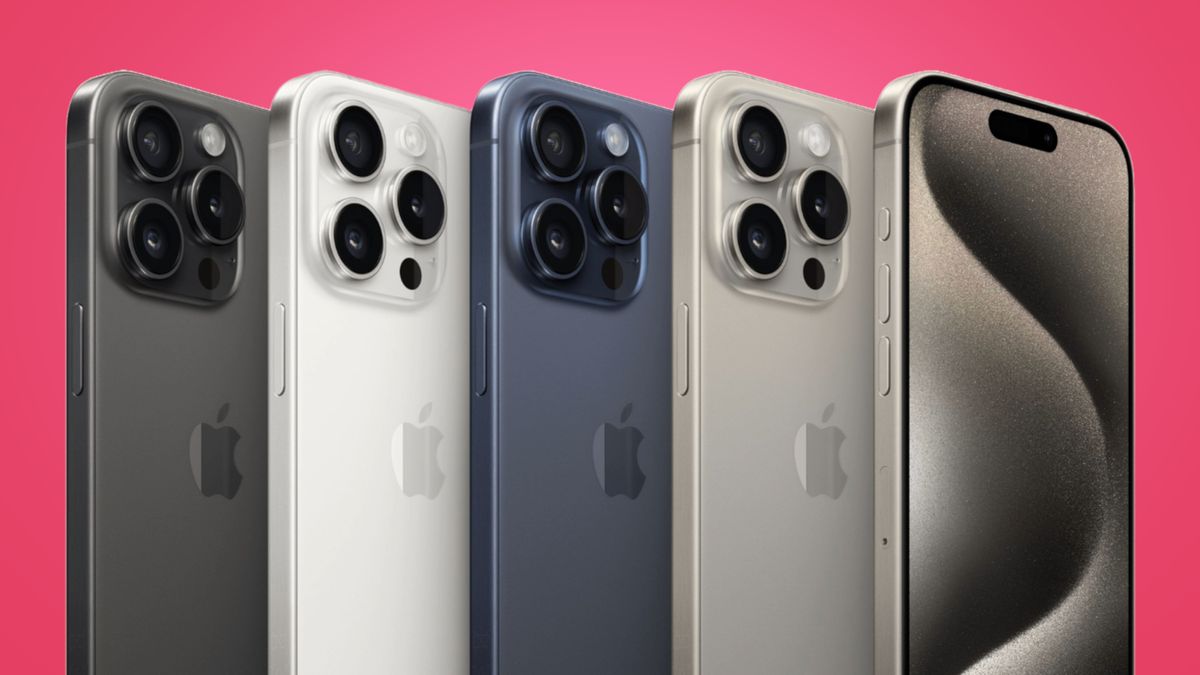Liam and Noel Gallagher have confirmed that Oasis will be reuniting for five shows across the UK in 2025, the iconic Britpop band’s only shows in Europe next year. The announcement follows years of speculation since the band split in 2008, and tickets are expected to sell out quickly when they go on sale this coming Saturday (August 31).
The reunited duo will be playing to the UK’s largest stadiums, but with an ultimately limited ticket supply, plenty of fans will be left waiting for videos and photos from their luckier friends. According to the BBC, an announcement on Oasis’ social media accounts confirmed that the shows would not be televised, raising the stakes for those looking to get the perfect snap or clip.
It’s got me thinking about whether I’m equipped to be the designated concert photographer for my friends and family – and with Apple’s ‘It’s Glowtime’ event expected to bring news of a new iPhone (presumably the iPhone 16) on September 9, I’m giving serious consideration to upgrading my battle-worn Huawei Mate 20 Pro, which first launched all the way back in 2018.
Zooming in on specs
I want to see the iPhone 16 improve its digital zoom and start catching up to its Android competitors. Apple has earned a reputation for great cameras, and the iPhone 15, iPhone 15 Pro, and iPhone 15 Pro Max all garnered strong camera scores in our reviews – for me, the zoom distance really is the final piece of the puzzle.
We predict the iPhone 16 Pro will inherit the 5x optical zoom from the iPhone 15 Pro Max, working out to a maximum 25x digital zoom on both models. The iPhone 15 and iPhone 15 Plus have no telephoto lens, but support 2x optical zoom by cropping the main sensor. As the iPhone 16 and 16 Plus likely won’t add a telephoto lens, digital zoom will probably remain limited to 10x.
In both cases, this is less than the 30x digital zoom on my six-year-old Huawei. The iPhones offer a decent level of zoom, especially the Pros, but they don’t quite stand up to the impressive zooms offered by Android phones. Samsung is a known leader in this department, and its 100x Space Zoom is backed by a 50MP periscope lens on the Galaxy S24 Ultra. The Honor Magic 6 Pro matches the 100x zoom but ups the resolution to 180MP, whereas Google’s new Pixel 9 Pro XL matches my old Huawei with a respectable 30x.

Chinese manufacturer Vivo seems to be coming for the top spot in zoom capability though. According to the Times of India, the rumored Vivo X100 Pro Plus may offer up to 200x digital zoom from a 10x telephoto lens. With a zoom like that, you’d be able to see the individual strings on Noel’s guitar from half the world away – so long as the picture holds up.
At the moment, the longest optical telephoto lenses in smartphones are the 10x lenses used by Samsung and Huawei. Once you go past the optical zoom limit, the phone software has to upscale the image to make up for lost quality. This is called interpolation, and it can result in blurry or unclear images at very high zoom levels.
Manufacturers are keen to improve the zoom capabilities of phone cameras through intelligent software and AI. My interest has been piqued by the Video Boost feature on the Pixel 9 Pro, which makes use of AI to upscale and stabilize videos at the higher end of its 30x zoom range. Alternatively, Samsung’s Space Zoom uses AI to create composites of multiple images at extreme distances.
Other parts of a phone’s camera system are crucial to support a long digital zoom, too. Apple’s high-resolution sensors, reliable stabilization and responsive camera app tick all the boxes here, and with strong low-light performance I’d feel confident using an iPhone for indoor concert photography. I’d love to make use of these great features at a further distance, especially if I’ll be watching Oasis from high up in the stands.
Why hasn’t Apple caught up?
Some might say that Apple is waiting to pull an AI ace from its sleeve to support further digital zoom. Apple has yet to reveal whether Apple Intelligence – its version of on-device AI – will have any camera applications beyond image editing. With the iPhone 16 family expected to heavily implement Apple Intelligence, we could hear more about this at the September 9 event.
However, it’s typical of Apple to simply not overstep. In general, the company would rather offer a comparatively limited camera that produces consistently great results than one that’s ambitious but unpredictable. It’s also fairly steadfast in keeping its product lines separate, so don’t expect a Pro Camera System on the base iPhone anytime soon (see also the news that the iPad is finally getting a calculator).
Still, when it comes to digital zoom, I think it’s time that Apple sped up a little. I won’t look back in anger (sorry) if Apple chooses not to upgrade its digital zoom, but I may end up choosing another phone for my concert-going needs.





